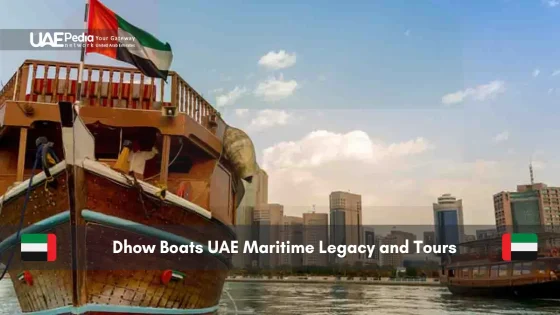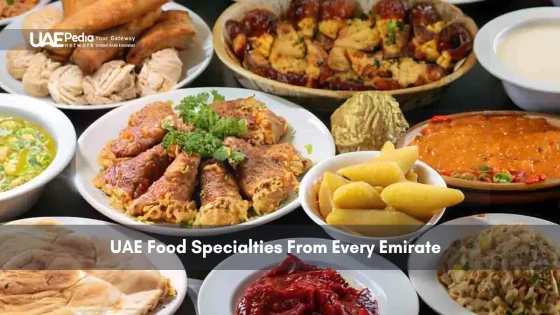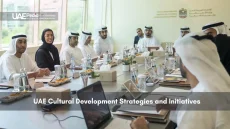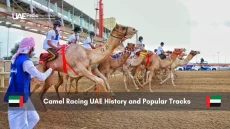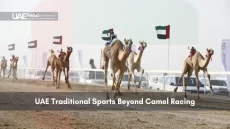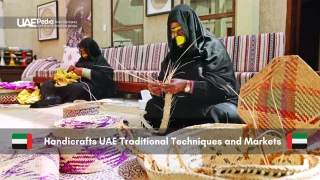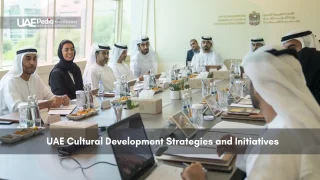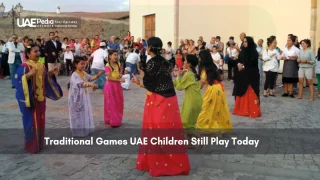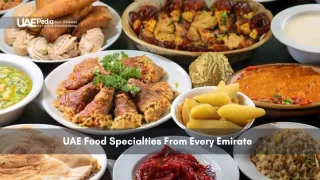What if we told you the wooden vessels that built Dubai’s fortune could carry 36 tons of cargo without modern engines? These nimble ships once hauled spices, pearls, and silks across the Indian Ocean – and today, they offer sunset cruises past Burj Khalifa.
For centuries, these handcrafted boats connected the Gulf to East Africa and India through daring trade routes. Their curved sails became symbols of Emirati resilience, evolving from practical workhorses to cultural treasures. Modern visitors can now step aboard restored versions to taste saffron tea or watch heritage sites glide by like living history books.
This guide unpacks everything from booking tips to hidden stories in the shipbuilding yards. You’ll learn:
- How 15 tons of reeds transformed into seaworthy trade vessels
- Where to find dinner cruises mixing Arabic hospitality with skyline views
- Why today’s captains still navigate using star patterns passed down through generations
We’ve matched practical advice with tales of pearl divers and monsoon traders – because understanding the past makes every sunset sail more meaningful. Ready to walk creaky planks where merchants once bartered for frankincense?
Exploring the Rich Maritime History of Dhows
Ever wondered how ancient sailors navigated vast oceans without GPS? Long before satellites, triangular sails and wooden hulls ruled the waves. These iconic ships carried more than cargo—they transported languages, recipes, and traditions across continents.
Origins and Cultural Significance
Archaeologists found ship remnants in Oman dating to 300 BCE—proof these vessels predate written records. Builders used teak wood and coconut rope, crafting hulls that flexed with storm waves rather than fighting them. One museum curator notes: “Each curve tells a story of survival. They weren’t just boats—they were floating families.”
From Zanzibar to Kerala, coastal communities still celebrate monsoon winds that once filled sails. Shared shipbuilding techniques created a cultural bridge. Fishermen in Somalia use similar knot-tying methods as craftsmen in Gujarat—a silent testament to centuries of exchange.
Evolution Across the Indian Ocean
The Spice Trade (7th-15th century) transformed these ships into floating markets. Pepper, cinnamon, and gemstones traveled west while pottery and textiles sailed east. By the 1800s, larger versions could carry 200 passengers plus livestock!
| Type | Key Feature | Historic Role |
|---|---|---|
| Boom | Single mast | Pearl diving |
| Baghlah | High stern | Long-haul trade |
| Sambuk | Carved prow | Coastal transport |
Modern reconstructions reveal clever design tweaks. Earlier models had square sails for downwind speed. Later versions used lateen sails to zigzag against winds—a game-changer for reaching new ports. Today’s dinner cruises? They’re the latest chapter in a 2,000-year voyage.
Planning Your Dhow Experience in the UAE
Ready to swap skyscrapers for sails? Let’s map out your nautical adventure. Modern marinas and historic waterways offer two distinct vibes – choose moonlit luxury or daytime cultural immersion. Either way, you’ll float past landmarks older than the nation itself.
Step-by-Step Tour Guidance
First, pick your vibe. Heritage seekers love Dubai Creek’s wooden vessels – some stretch 30 meters, making them among the largest wooden working ships today. For glittering skyline views, newer marinas provide climate-controlled decks. Pro tip: Book sunset slots 48 hours ahead – these golden-hour sails sell faster than camel burgers at a food festival.
- Compare speed boat tours with traditional cruises (hint: one’s faster, the other has lamb ouzi buffets)
- Pack light layers – desert winds play tricks after dark
- Arrive 30 minutes early at ports like Al Seef or Marina Mall
Tour Options and Must-See Attractions
Glide past Al Fahidi’s wind towers while nibbling dates, or watch chefs grill kebabs as you pass the Spice Souq’s rainbow sacks. Evening cruises often include:
- Arabic coffee ceremonies with cardamom whispers
- Live henna artists transforming palms into temporary art
- Folklore dances where skirts spin like desert whirlwinds
| Tour Type | Duration | Best For |
|---|---|---|
| Heritage Sail | 2 hours | History buffs |
| Luxury Dinner | 3 hours | Romantic evenings |
| Fishing Charter | 4 hours | Active travelers |
Don’t rush post-cruise! Dock areas buzz with markets selling pearl jewelry and miniature craft models. Local captains often share stories about their grandfathers’ fishing trips – free souvenirs for your memory book.
Dhow boats UAE: Navigating Tradition and Modern Adventure
Imagine a vessel that once carried frankincense to pharaohs now hosting champagne toasts under Dubai’s neon skyline. These iconic ships have mastered the art of reinvention, balancing their gritty past with glittering present-day roles.
Traditional Uses and Historical Trade Routes
Centuries ago, crews braved monsoons to transport spices from Kerala and pearls from Bahrain. The Indian Ocean became a liquid highway—ships hauled ivory, textiles, and yes, enslaved people, shaping economies from Zanzibar to Mumbai. Coastal towns like Julfar (now Ras Al Khaimah) thrived as trading hubs where sailcloth patched with palm fiber outlasted storms.
Fishing and pearl diving weren’t just jobs—they were survival. Divers held their breath for minutes, filling baskets with oysters while shipbuilders perfected hull curves that sliced through waves. One Emirati historian remarks: “Our ancestors didn’t just ride the sea—they danced with it.”
Integrating Modern Tourism Elements
Today’s captains trade fish nets for linen tablecloths. The Al Jaddaf boatyard builds floating palaces with air-conditioned decks and onboard henna artists. Dubai’s record-breaking 91-meter dhow isn’t just a ship—it’s a three-story restaurant serving mezze platters as abra taxis buzz by.
Architects drew inspiration too. The Burj Al Arab’s sail silhouette? A nod to dhow masts. Even the opera house’s wooden latticework echoes shipbuilding techniques. Visitors can:
- Join sunset cruises where oud music mixes with skyline selfies
- Tour working docks where artisans still stitch planks with coconut rope
- Stay overnight on boutique dhows converted into floating suites
It’s more than nostalgia—it’s a living craft. As one boatmaker told us: “We’re not building museum pieces. These ships have new stories to tell.”
The Art and Craft of Traditional Dhow Construction
Cracked hands shape wood that’s danced with monsoons for centuries—welcome to the shipyards where history gets a second life. Here, artisans balance ancient techniques with 21st-century engineering, creating vessels that honor tradition while conquering modern seas.
Materials, Techniques, and Cultural Heritage
Teak and mahogany still form the backbone of these ships. Craftsmen steam planks over fires to curve them perfectly—no blueprints needed. Coconut rope stitches hulls together, allowing flexible movement through waves. “The keel is the spine,” explains a boatbuilder in Ajman. “Get it wrong, and your cargo becomes fish food.”
Every step whispers stories. Builders use palm-frond caulking to seal gaps, just as their ancestors did. Masts tilt at precise angles to catch winds that once powered trading empires. It’s not just shipbuilding—it’s living culture, crafted with time-honored techniques.
Modern Adaptations in Dhow Building
Steel reinforcements now strengthen hulls for 50-meter giants hauling today’s cargo. The record-breaking ‘Obaid’ mixes teak elegance with GPS-enabled navigation systems. Builders laugh as they describe challenges: “Try fitting AC vents into a 19th-century design!”
Yet tradition persists. New ships still get “baptized” with rosewater before their maiden voyage. Modern marinas float alongside workshops where boys learn wood-carving from grandfathers. As one engineer puts it: “We’re not replacing history—we’re giving it stronger legs to keep dancing.”
Reflecting on the Enduring Legacy of Dhow Boats
Have you ever touched wood that’s crossed oceans centuries before skyscrapers dotted the horizon? These iconic vessels carried more than spices—they wove together civilizations through daring trade and shared stories. Today, their creaking decks host sunset toasts instead of pearl divers, yet they remain vital threads in the Gulf’s cultural tapestry.
From hauling frankincense to floating restaurants, dhows mirror the region’s journey—rooted in heritage but sailing toward tomorrow. Artisans still stitch hulls with coconut rope, while tourists snap skyline photos from those same decks. It’s this blend of old and new that makes every cruise a time capsule, inviting you to taste cardamom coffee where merchants once haggled.
Want to feel history’s pulse? Walk the planks. Whether you’re tracing star maps sailors used or dancing to oud melodies under neon lights, these ships aren’t relics—they’re living proof that tradition can ride the waves of change.
For centuries, these handcrafted ships connected the Gulf to global trade routes, carrying spices, pearls, and textiles. Their design—like the curved prow and lateen sails—reflects Emirati ingenuity, blending function with artistry. Today, they’re floating symbols of heritage, hosting dinners and storytelling nights under the stars.
Absolutely! Head to Ras Al Khaimah’s Al Jazeera Al Hamra village or Dubai’s Dhow Wharfage, where artisans shape planks using age-old methods. Watch as acacia or teak wood is steamed, bent, and joined without nails—a process unchanged for generations. Some workshops even offer hands-on demos.
Yes! Many tours cater to all ages, with sunset sails featuring henna artists and live music. Opt for daytime trips with snorkeling stops or themed journeys highlighting historic pearl-diving lore. Just check for shaded seating and kid-friendly menus when booking.
Sailors timed voyages with seasonal winds, riding the “kaskazi” northeast gusts from Arabia to East Africa in winter, then catching the “kusi” southwest breeze back by summer. This natural “highway” linked ports from Zanzibar to Kerala, turning the Indian Ocean into a bustling marketplace.
While keeping wooden hulls and woven palm frond details, many vessels now feature climate-controlled lower decks, LED-lit sails for evening ambiance, and gourmet kitchens. Some even integrate augmented reality displays that map ancient trade paths as you cruise.
Dubai Creek at golden hour offers postcard views—time your visit when the dhows glide past the Al Fahidi Quarter’s wind towers. For a hidden gem, visit Umm Al Quwain’s old harbor at dawn, where fishing fleets return with the catch of the day.
